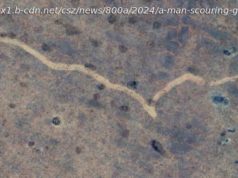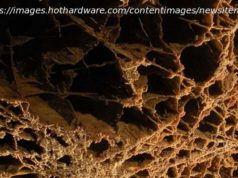Research published in the Proceedings of the National Academy of Sciences identifies how gentrified parts of a city have notably more urban wildlife than ungentrified parts of the same city, further limiting marginalized communities’ opportunity to connect with nature.
Research published in the Proceedings of the National Academy of Sciences identifies how gentrified parts of a city have notably more urban wildlife than ungentrified parts of the same city, further limiting marginalized communities’ opportunity to connect with nature.
The study, led by Lincoln Park Zoo’s Urban Wildlife Institute, analyzed data from 23 cities across the continental U.S., collected by partners of the Urban Wildlife Information Network (UWIN), a collective of scientists, ecologists, and educators dedicated to understanding biodiversity and mitigating human-wildlife conflict in cities.
Gentrification, defined by Merriam-Webster as «the process whereby the character of a poor urban area is changed by wealthier people moving in, improving housing, and attracting new businesses, typically displacing current inhabitants in the process,» has been shown to result in inequitable access to urban nature across city populations.
In this study from UWI, not only do the results illustrate how the effects of gentrification are felt by animals, but they also provide further evidence of how nature is chronically inaccessible to marginalized urban communities. The study found that, on average, the number of different species living in a gentrified part of a city is 13% higher than in a compositionally comparable ungentrified part of the same city.
Домой
United States
USA — IT New research highlights effects of gentrification on urban wildlife populations across US...






